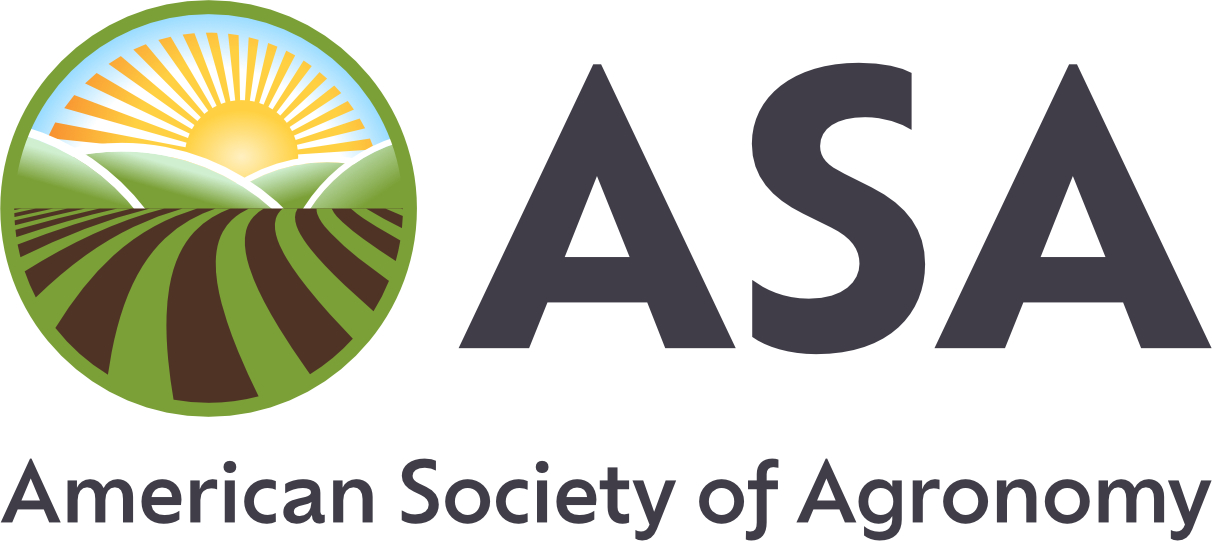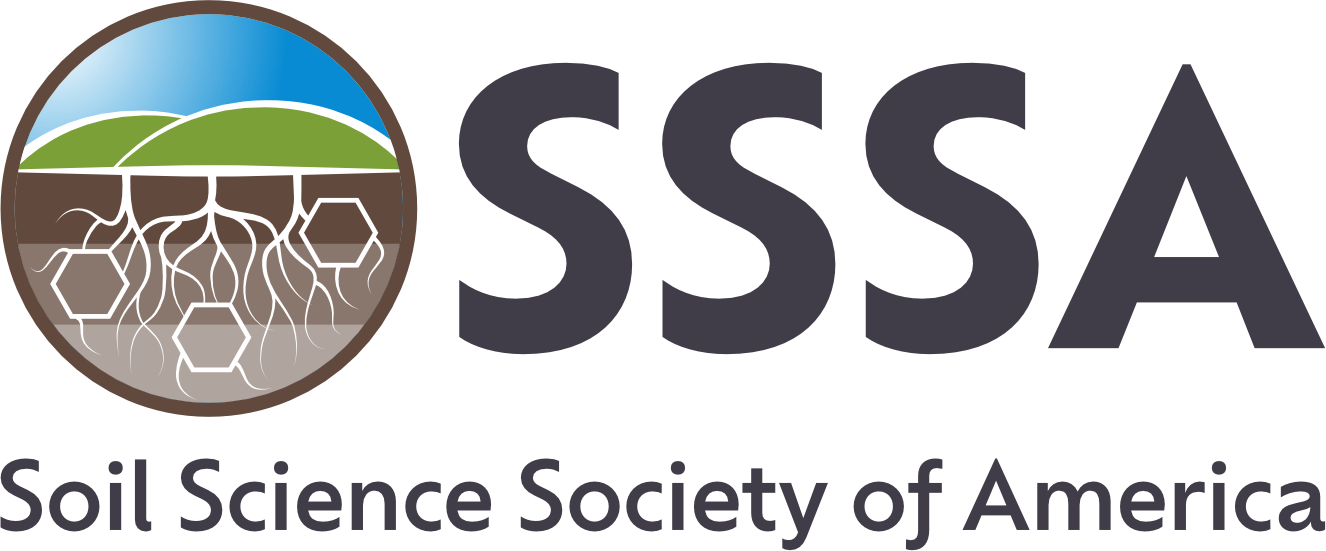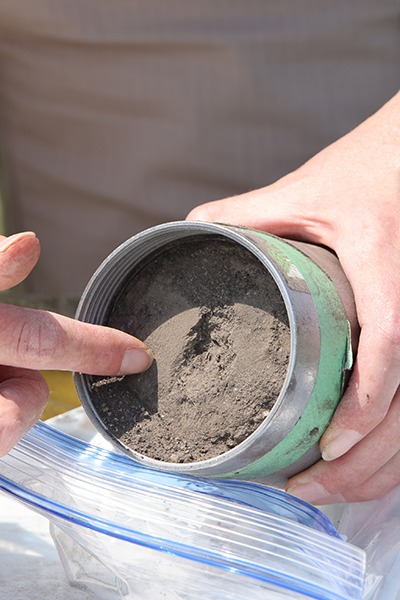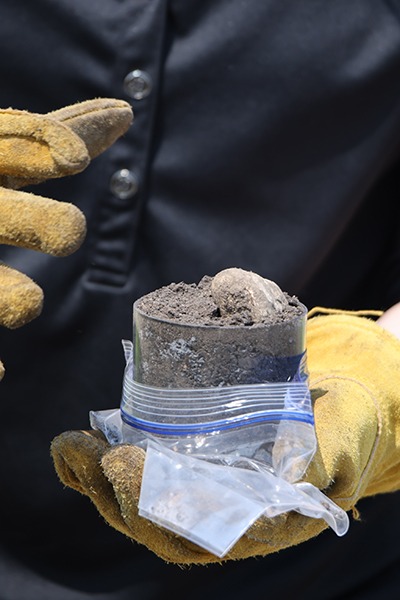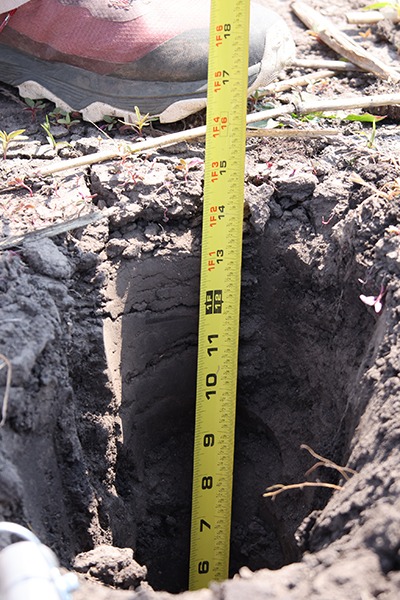How Does Grazing Livestock Affect Carbon Cycling of a Cropping System?
The short answer: Introducing livestock to graze in a cropping system creates more ways for carbon to flow and transform than crops alone. As livestock graze, they accelerate the breakdown of plant material as it passes through their digestive tracts. Grazing can also affect the growth of crops–influencing the total amount of plant material produced. How much livestock impact the system is primarily dictated by grazing management.
Back it up: To understand how livestock impact carbon cycling in cropping systems, we need to look at how animals and plants interact.
Accelerate Plant Breakdown
- Plants grow on the landscape through photosynthesis, turning carbon dioxide and energy from the sun into material that animals can eat.
- As livestock graze pasture, cover crops, or crop residues their gut microorganisms break down plant material. A portion of the carbon from that material is released during digestion as methane–a greenhouse gas. This is referred to as enteric methane emissions.
- A second portion of the carbon from the plant material is converted into energy for the animal. Some of that energy exits the animal as carbon dioxide, released as they breathe.
- A relatively small fraction of the plant carbon an animal consumes is converted into animal tissue—muscle, fat, bone, etc.
- When an animal is harvested, the plant energy that was converted into animal tissue exits the system.
- The last portion, about 25% or more of the carbon in the forages consumed by livestock, is indigestible and is returned to the soil surface in manure. Then, as microorganisms and arthropods further break down the manure, a portion of it is released as carbon dioxide and methane, with the rest adding organic matter to the soil.
Grazing management through stocking rate, stocking method, etc. determines how much plant material is consumed by livestock and partially returned to the soil as manure vs. how much is returned to the soil in crop residue or litter (as it would in a crop only system). Livestock speed up the breakdown of plant material, compared to the slower process of plant litter and crop residue decomposition.
Grazing Animal Impacts on Plant Growth
Livestock grazing can also impact how plant’s roots and shoots grow. In turn, how much plants grow impacts the amount of carbon potentially added to the soil in the form of plant biomass, or the roots and shoots of the plant. The exact impacts of grazing on plant growth can vary depending on crop type, species, climate, etc. However, some generalizations can be made for its effects on perennial and annual pasture grasses commonly used as forage and cover crops.
Break it down: We can divide the impacts of grazing into the impacts to plants aboveground and belowground.
Aboveground: When grazing intensity is matched appropriately to the forage variety and environmental conditions, it can extend forage growth through the season.
- Well-managed grazing trims the growing plants in a way that delays the onset of the reproductive stages of the plant (going to seed), that would halt the growth of the plant as it matures. Thus, the forage plant continues to grow more through the season.
- Overgrazing, on the other hand, reduces total aboveground growth. When the leaves of growing forage plants are trimmed back too low and too frequently, the plant struggles to have enough leaf area to feed its growth from photosynthesis. This limits potential carbon inputs into the system from plant growth.
Belowground: Grazing also impacts plant growth belowground. In general, increasing grazing pressure (grazing for shorter time periods and more frequently) tends to progressively reduce root growth of forage plants.
- In contrast, under light to moderate grazing pressure, some species highly adapted to grazing actually increases root growth vs. no grazing at all.
- In addition to its influence on overall root growth, grazing can increase the release of soluble carbon compounds to the surrounding soil through rhizodeposition–the release of molecules by plant roots to the soil environment around them. This release of carbon compounds constitutes an additional input of carbon into the soil by the plant. The soluble carbon compounds are readily available to be used by soil microbes and are thought to facilitate nutrient cycling in the soil.
In short: Adding grazing livestock to a cropping system adds further complexity to the carbon cycle. The animal adds additional flows and transformations of carbon from digestion of the forage it consumes, respiration, harvest of animal products, and manure. Livestock also impact above and belowground growth and physiological responses of plants they graze, influencing how much carbon is coming into the system through the plant material they produce. Grazing management plays a key role in deciding the degree in which addition of grazing livestock can alter carbon cycling within a cropping system.
Photo by K-State Research & Extension, Flickr.

